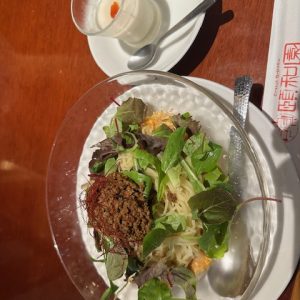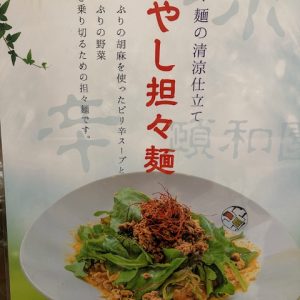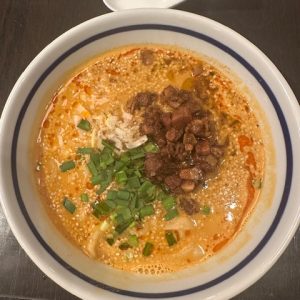Tantanmen
When I lived and worked in Japan, I became notorious among my colleagues and friends for my addiction to tantanmen.
Tantanmen is a Japanese ramen noodle dish which was actually adapted from the Sichuan Chinese noodle dish dan dan mian. It features a spicy, creamy, and nutty broth typically made from sesame paste, chili oil, and soy milk.
It is commonly topped with minced pork, though other ingredients like bean sprouts, green onions, or egg can be added, and the spice level is often customizable.
If you ever need proof of Japanese brilliance, Tantanmen provides it. The Japanese have regularly adopted foreign products and perfected them. Motor vehicles could be the best example. They were invented in Germany. Henry Ford introduced mass manufacture. But Japan, especially Toyota, showed the world how to manufacture cars efficiently.
And so it is with tantanmen. The original “dan dan mian” was a Chinese street food sold by vendors in Chengdu who carried the noodles on a shoulder pole (dandan). This early version was typically soupless and intensely spicy, with an emphasis on Sichuan peppercorns.
When the dish was introduced to Japan, it was modified to suit Japanese tastes, evolving into the soupy, milder version now known as tantanmen. The Japanese variation focuses more on a rich, nutty, and creamy sesame broth.
But Japanese innovation did not stop there. Some of my favourite restaurants offer tantanmen with three different types of sesame seeds — black, white and red. For my part, I am partial to black sesame seeds.
And consistent with the importance of seasonality in Japanese cuisine, some restaurants even offer cold tantanmen in summer.
Dear friend, you will never match my expertise in tantanmen. I am quite simply unbeatable. But do yourself a favour and enjoy it!




